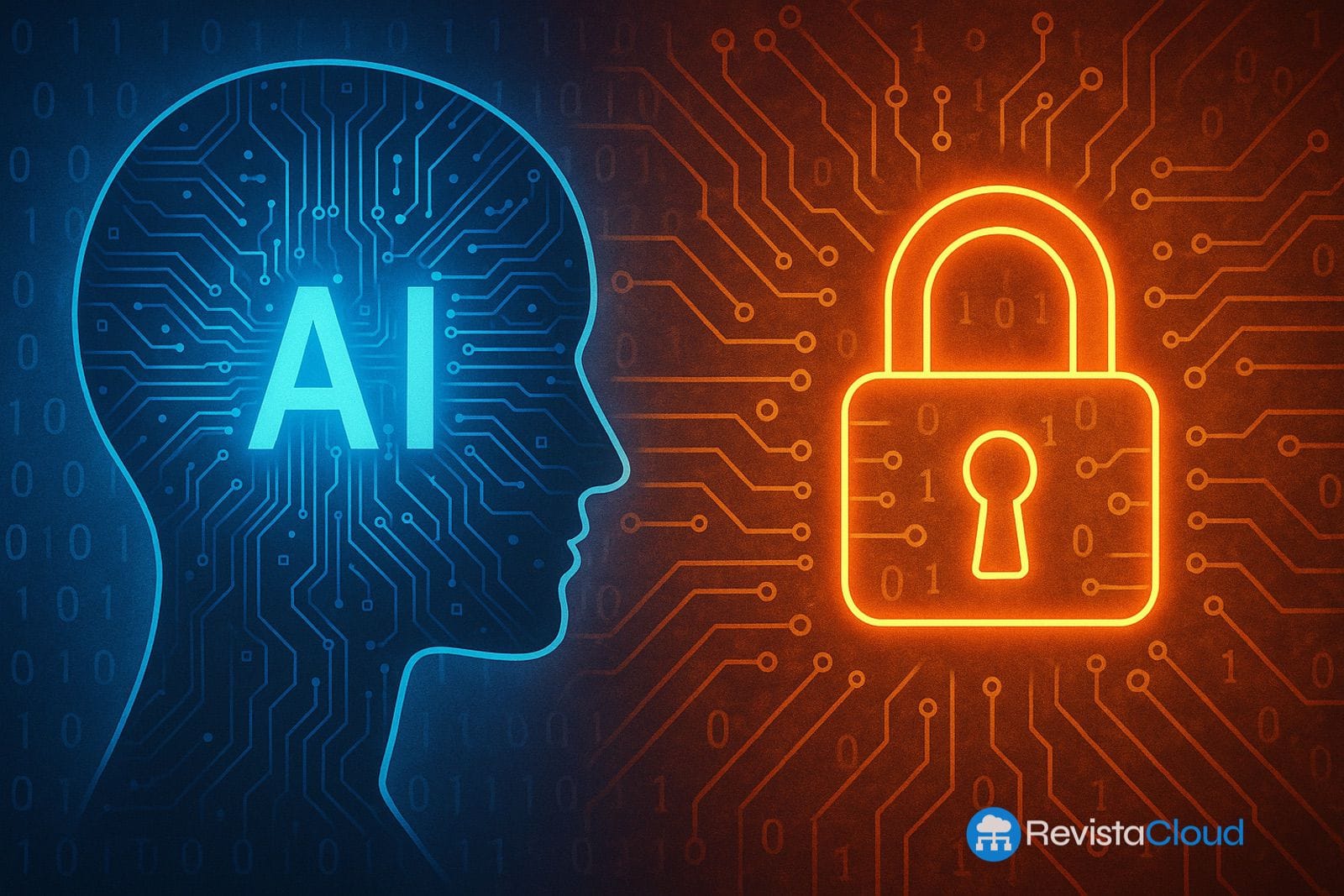Expert predictions and major tech companies anticipate a future marked by sophisticated threats, regulatory disruption, and an omnipresent AI demanding immediate responses from businesses, governments, and citizens.
The predictions for 2025 in the tech field not only outline a landscape dominated by artificial intelligence and cybersecurity but also warn of an unprecedented acceleration in the complexity of threats, the maturity of solutions, and the ethical and regulatory dilemmas faced by companies, institutions, and users.
Firms like BeyondTrust, Kaspersky, Palo Alto Networks, SAS, NordSec, NVIDIA, WatchGuard, and Vertiv have published their forecasts, which converge on one key point: 2025 will be a turning point year, where what has been understood as digital transformation will give way to a phase of accelerated adaptation and structural resilience.
Cybersecurity Enters Its Critical Decade
Predictions from BeyondTrust foresee an imminent emerging threat: quantum computing will challenge current cryptographic standards, forcing large companies, especially in the financial sector, to urgently plan the transition to post-quantum encryption.
Another growing challenge is reverse identity theft, where leaked data is mixed to create hard-to-detect false identities. This will require organizations to rethink their verification systems.
With the end of support for Windows 10 in 2025, millions of devices will become potential vulnerabilities, leading to a surge of obsolete equipment. Additionally, cyber insurance contracts will be revised to include explicit exclusions regarding AI and quantum risks, pushing companies to adopt new cyber-resilience practices.
Kaspersky warns that cybercriminals will focus their attacks on key digital entertainment launches, from video games to movie premieres, as well as an increase in AI-fueled cyberbullying and political polarization.
WatchGuard predicts that multimodal AI orchestrated attacks will create automatic attack chains that are difficult to detect. Although the role of the CISO is losing appeal, a greater professionalization of MSSP providers is expected.

Artificial Intelligence Permeates All Sectors
SAS anticipates an aggressive adoption of generative AI in marketing and a greater responsibility towards the ethical and efficient use of this technology. Brands will invest in co-created campaigns with their customers, and GenAI-powered chatbots will become the standard for customer support.
However, a “hype bubble” of generative AI is also expected, with a return to more traditional AI technologies, such as sentiment analysis or predictive natural language processing, especially in customer service.
Energy efficiency will become a new standard in AI: both manufacturers and users will seek less demanding models to reduce their carbon footprint, driving the rise of liquid cooling in data centers.
SAS and Axis agree that computer vision and image quality will have a renewed role in security solutions, with smart cameras and sensors capable of acting upon anomalies in real time.
Quantum Computing: Closer to Real Impact
Palo Alto Networks and NVIDIA state that while quantum attacks are not yet viable, state actors are already gathering data in “harvest now, decrypt later” strategies to exploit in the future. Quantum error correction and integration with supercomputers will set the pace for evolution in this sector.
Distributed AI, Sustainable Data Centers, and New Alliances
According to NVIDIA and Vertiv, we will see a radical shift towards distributed AI, with infrastructures closer to renewable energy sources and a massive transition to liquid cooling in data centers, driven by the demand for generative AI.
Collaboration among chip manufacturers, infrastructure providers, and governments will be crucial for sustainably scaling these new “factories of artificial intelligence.”
The Data Economy, Misinformation, and New Social Risks
NordSec warns of the rise of misinformation as a service, driven by AI tools, and the growth of account takeovers and attacks on connected home devices. Predictions suggest more than 10 attacks daily on connected home networks.
On the other hand, users are expected to gain more control over their data, even with the possibility to monetize it directly. This will bring regulatory changes inspired by the European GDPR and California’s CPRA.
Conclusion: 2025, the Year of Digital Turning Point
2025 will not be just another year. It will mark the beginning of a decade where cybersecurity will be redefined, artificial intelligence will no longer be optional, and national and corporate technological sovereignty will become a strategic issue. For businesses, institutions, and citizens, the message is clear: being prepared is no longer enough; proactive measures are required.

